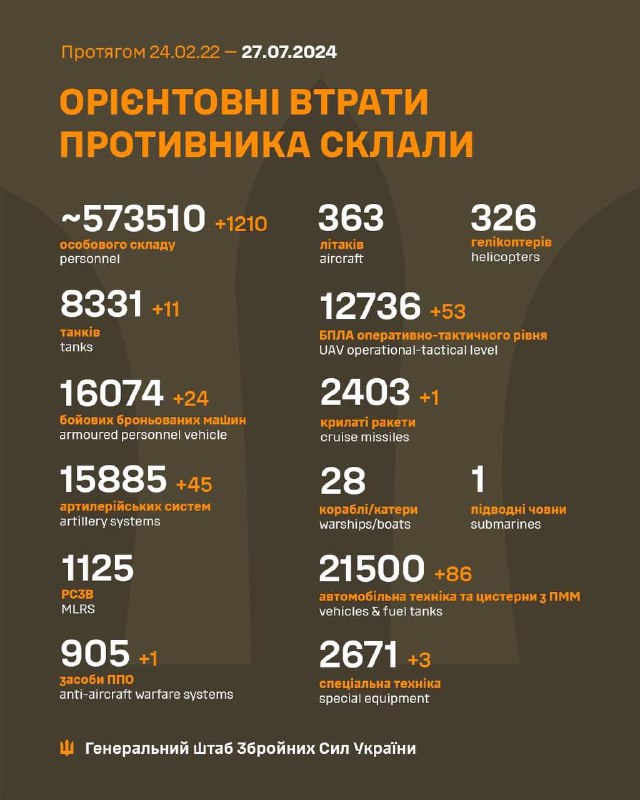Start your journey into the Fediverse by subscribing to our starter communities. We're actively working with subreddit communities and moderators on their transition over.
Our Mission
Lemdro.id strives to be a fully open source instance with incredible transparency. Visit our GitHub for the nuts and bolts that go into making this instance soar and our Matrix Space to chat with our team and access the read-only backroom admin chat.
Interfaces
- lemdro.id powered by Photon
- l.lemdro.id powered by Lemmy-UI
- m.lemdro.id powered by Voyager
- old.lemdro.id powered by mlmym
- a.lemdro.id powered by Alexandrite
Resources
Our Communities
- !android@lemdro.id
- !askandroid@lemdro.id
- !androidmemes@lemdro.id
- !techkit@lemdro.id
- !aistuff@lemdro.id
- !google@lemdro.id
- !googlepixel@lemdro.id
- !xiaomi@lemdro.id
- !sony@lemdro.id
- !samsung@lemdro.id
- !galaxywatch@lemdro.id
- !nothing@lemdro.id
- !oneplus@lemdro.id
- !motorola@lemdro.id
- !meta@lemdro.id
- !apple@lemdro.id
- !microsoft@lemdro.id
- !chatgpt@lemdro.id
- !bing@lemdro.id
- !reddit@lemdro.id
- !materialdesign@lemdro.id
Other Neat Communities
- !cybersecurity@sh.itjust.works
- !ps5@lemmy.world
- !pcgaming@lemmy.ca
- !steamdeck@lemmy.ml
- !selfhost@lemmy.ml
- !firefox@fedia.io
- !opensource@lemmy.ml
- !technology@beehaw.org
- !science@lemmy.ml
Seeking Experienced Mods
Are you interested in exploring options to migrate your tech subreddit to the Fediverse in a way that supports decentralization or are you an experienced moderator who is interested in joining one of our mod teams? Get in touch!
A Fediverse home for developers
Are you developing a Lemmy app and looking for a home community for your project? Get in touch!






